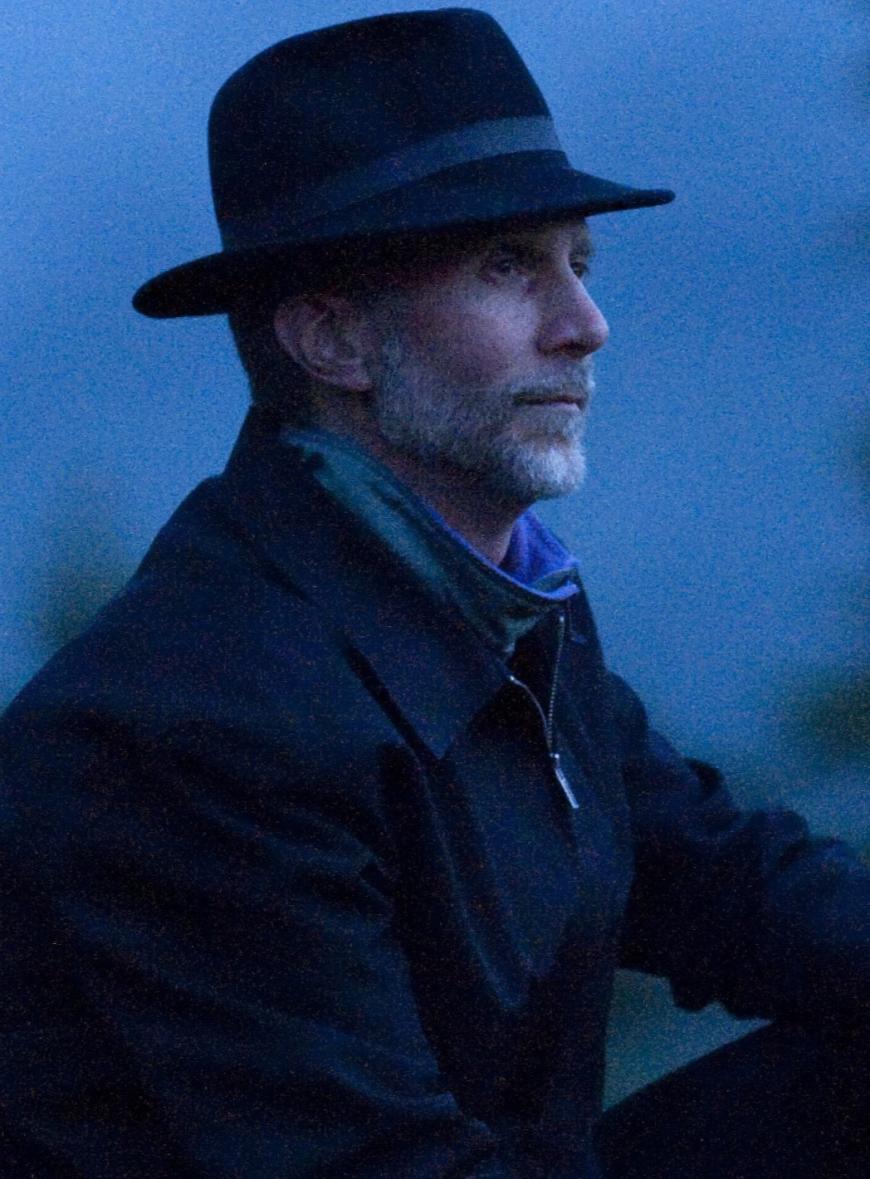
Composers have taken inspiration from nature or directly imitated its sounds for centuries, perhaps for all of musical history, from Renaissance madrigals to Beethoven’s “Pastoral” Symphony to Richard Strauss’s An Alpine Symphony to Olivier Messiaen’s deeply personal incorporation of birdsong into the foundations of his works. The American composer John Luther Adams, who lived for decades in Alaska and is an environmental activist, draws on the natural world in many of his pieces, from his string quartets to major orchestral works such as Become Ocean, winner of the 2014 Pulitzer Prize in Music.
Adams, now 70, came to the string quartet comparatively late in his composing career, at 59, yet he has created a notable body of work in the form. On Oct. 26 at Herbst Theatre for San Francisco Performances, the JACK Quartet presented Adams’s “Rising” (from the larger work untouched), Lines Made by Walking, and The Wind in High Places.
Music is part of the physical world, and musicians use their bodies, whether it’s a singer’s voice or a woodwind player’s fingers depressing the keys on an instrument. To hear a Beethoven string quartet is to be fully aware of the physicality of the music, from the scrape of bows on strings to the rich rhythmic interplay of the parts to the concentrated, coordinated movements of the performers.

To hear one of Adams’s string quartets is to be transported to a musical plane that almost abandons the audible physicality of stringed instruments. And the effect is quite deliberate on the composer’s part. In his notes to The Wind in High Places, Adams says that “if I could’ve found a way to make this music without [the musicians] touching the instruments at all, I would have.”
The works the JACK Quartet presented Thursday were embodied by the performers and their instruments, and yet the impression the pieces made was of an otherworldly disembodiedness. In both “Rising” and The Wind in High Places, the players never stop the strings with their fingers to produce the pitches prescribed by the score. Instead, the pitches are all on open strings or produced with natural harmonics, achieved by touching the string at a point where bowing results in a ghostly overtone. (The best-known classical music example of this is perhaps in the third movement of Jean Sibelius’s Violin Concerto.)
Another compositional technique that Adams uses is the tempo canon, which he describes in his notes to Lines Made by Walking as “a single melodic line … superimposed on itself at different speeds.” These melodic lines, usually comparatively uncomplicated rising or falling themes, are readily audible. They’re voiced distinctly enough that should listeners choose, they can focus on one member of the quartet and hear how that line relates to what the other players are doing.
After “Rising,” violinist Austin Wulliman briefly commented on the program and also invited us to “retune our relationship with time and the environment.” Adams’s quartets most certainly point the way toward this; they are chronologically transfixing, both anchoring listeners in the sound and freeing them from the passage of time. Adams mostly uses long note values in these works; there’s rhythmic contrast through the tempo canons, but he attenuates any sense of strong and weak beats. His elongated, prolonged phrases distance you from even the idea of a bar line.
At the same time, these pieces are rooted in a physical sense of place. The movements of Lines Made by Walking are titled “Up the Mountain,” “Along the Ridges,” and “Down the Mountain,” and the directionality of the themes in these movements relates to their names. And Adams’s notes make it clear how important walking is to him.
The Wind in High Places is a sonic memorial to particular moments and places in the composer’s long and deep friendship with the conductor Gordon Wright. Each movement evokes the sound of wind. “Above Sunset Pass” features quiet drones and harmonics and tiny repeating patterns. “MacLaren Summit” is indescribably beautiful, moving quickly and somehow reminiscent of bells, harps, bowed crotales, birds, vibraphones, and perhaps the movement of fishes through water. “Looking Toward Hope” is a union of opposites, of austerity and richness, fragility and strength, and deeply spiritual throughout,
I can’t praise JACK’s playing highly enough. The group is musically and technically impeccable; throughout the concert, the players sounded very much like one instrument with an enormous range, a self-effacement of their individualism in favor of making the most unified sound possible for these magnificent works.




